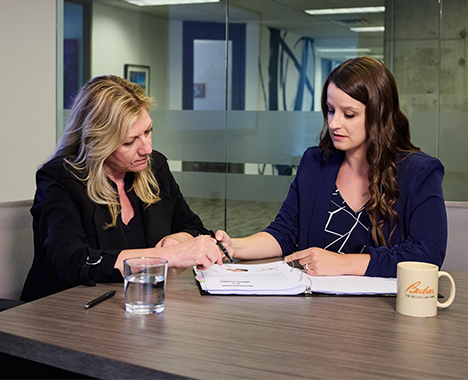Schedule a Consultation
216-621-3000Schedule a Consultation
216-621-3000
The National Institutes of Health (NIH) recently published a report, Umbilical Cord Accidents, examining the deaths of 512 stillbirth infants. The findings were that 10% of the stillbirths were caused by umbilical cord problems. This is compared to a review of prior studies which indicate that the rate is at about 15%, though there are some disputes about what should be included in the data.
Umbilical cord accidents, as defined in the NIH study, is a broad term used to describe problems with the umbilical cord that can lead to injury or death:
The study’s author believes that many umbilical cord-related deaths are preventable. Screening measures can be taken, and delivery of babies who show signs of distress (a heart rate of 90 beats per minute for one minute, for example) will help save lives.
Screening is accomplished through ultrasound and MRI. Doctors typically recommend ultrasound at 18 to 20 weeks, at which time the umbilical cord is observable. The cord should look like a twisted rope, and have one vein and two arteries.
Future studies are required, as there is much still unknown about the interaction between the umbilical cord and the fetus. For example, when the umbilical cord is squeezed, the fetus often reacts, showing levels of “hyperactivity” (jerking movements and hiccups). It may be important to fully understand the relationship between hyperactivity and cord compression. Also, a large percentage of umbilical cord-related deaths occur in the early hours of the morning, so researchers are exploring circadian rhythms to find out how they interact with the infant.
Health care providers must be on the lookout for umbilical cord abnormalities, and more importantly, must identify whether they will affect the baby. For more information, contact our medical malpractice attorneys at (440) 252-4399 or online for a free consultation.

